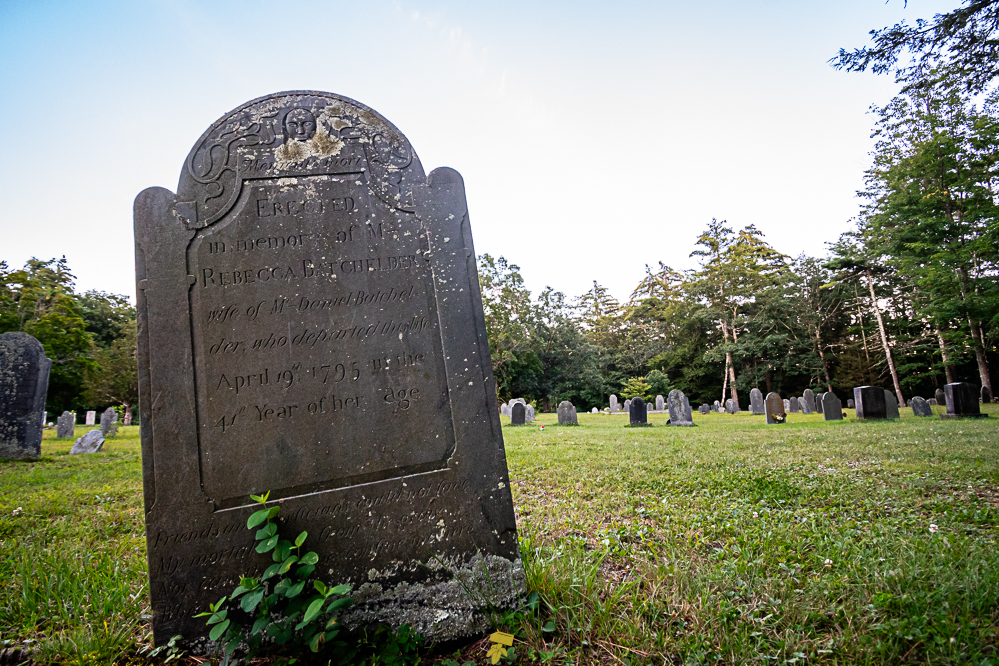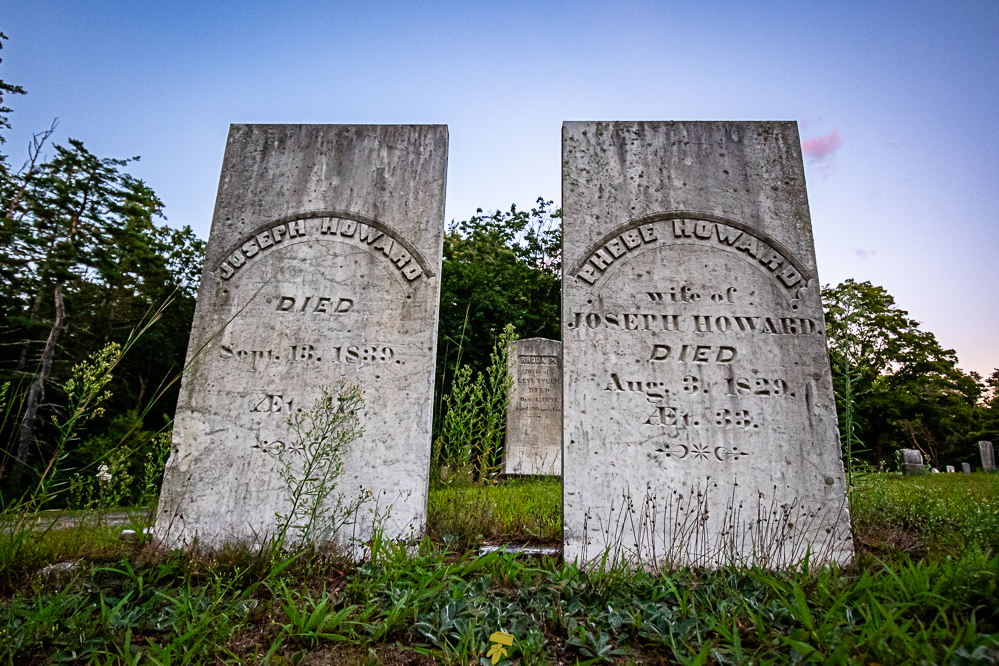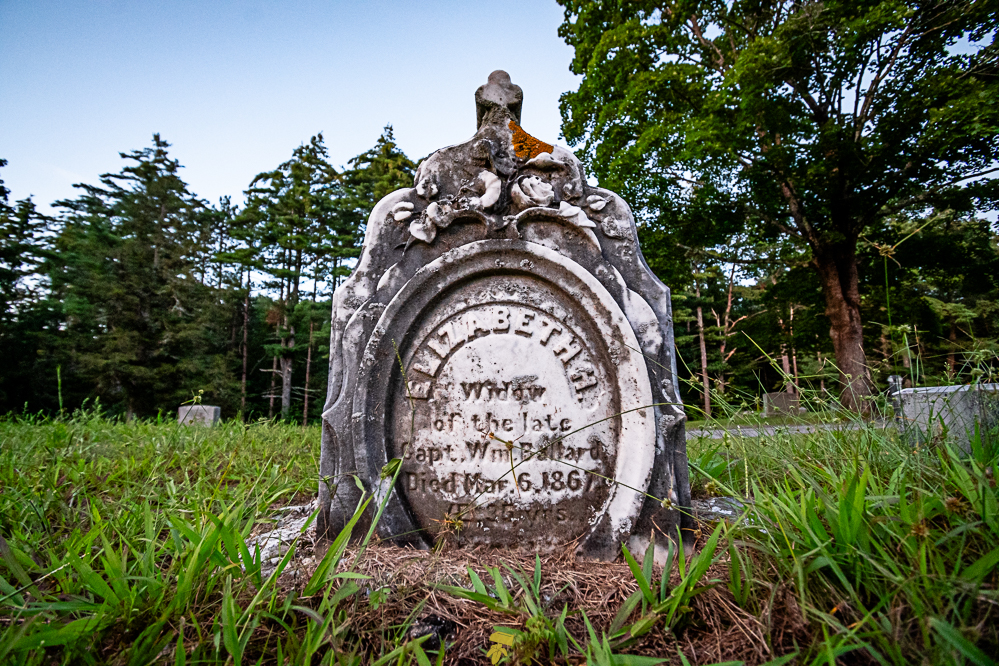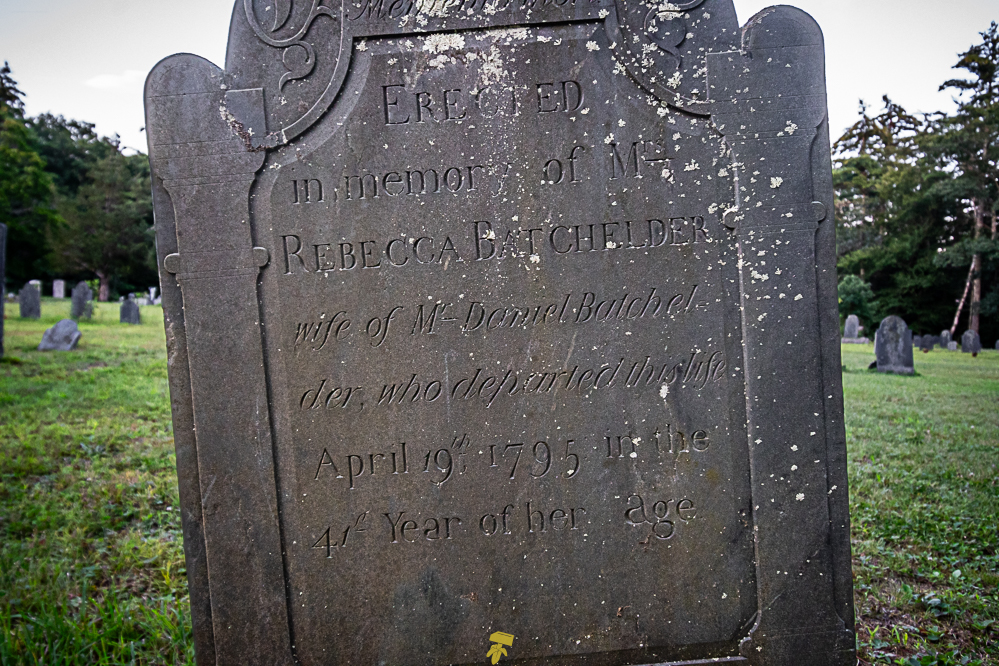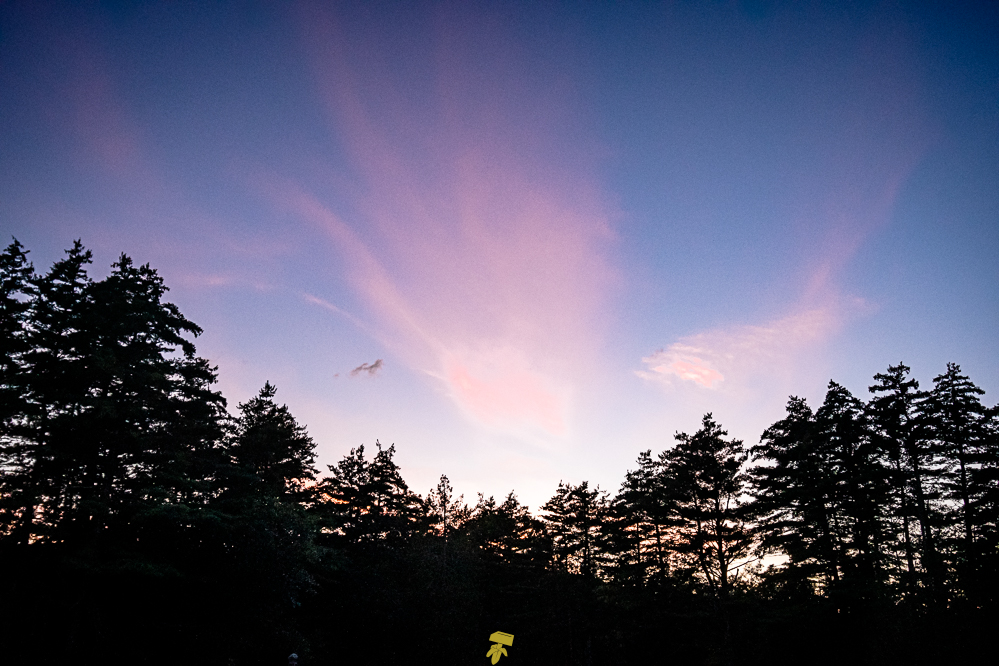The epitaph found on the gravestone of Edward Herrick reads:
“Affliction sore, longtime I bore. Physicians were in vain. Till God did please, and death did seize. To ease me of my pain.”
Edward served as a Sergeant during the Revolution and then a Lieutenant in the New Hampshire militia.
He passed in 1811 at the age of 56.
Revolutionary War soldiers, The Blue Lady, pukwudgies, and other apparitions are all residents of one of the most haunted cemeteries in New Hampshire. A photographer was even found dead in their car a mere five days after visiting the cemetery from a “heart attack” though they supposedly had no known heart issues and was relatively fit. They were spooked while visiting the cemetery when she saw something “dark rise up from the ground” and fled immediately.
The cemetery is considered “highly active” by paranormal investigators with several claiming that their specialized equipment is often triggered, batteries quickly drain though fully charged, and some even say that they have seen a blue light to full apparitions and even “Elmo” like pukwudgies.
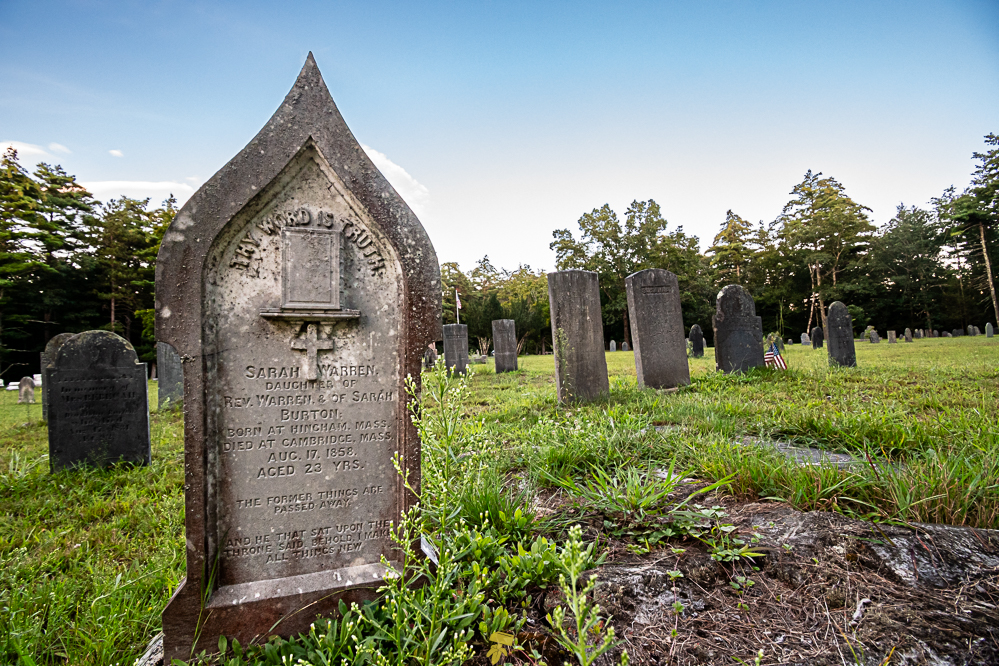
According to the Wilton Heritage Committee, the grounds were first used as a burial ground for a 19-day-old baby named Phebe Cram dating back to 1752, though the grave has been lost to time and nature. The town of Wilton, New Hampshire purchased half an acre of land in 1778 adding to the old burying ground known then as North Yard Cemetery. After further expansion, the grounds were renamed Vale End Cemetery in 1871.
Being over 200 years old, the cemetery has some quite interesting interred including Major Isaac Frye who was present at the 1773 Wilton Meetinghouse Tragedy where fifty-three workers fell three stories when a center roof beam gave way killing five and severely injured many others, he also fought at Bunker Hill. His stone is no longer standing, making his whereabouts unknown.
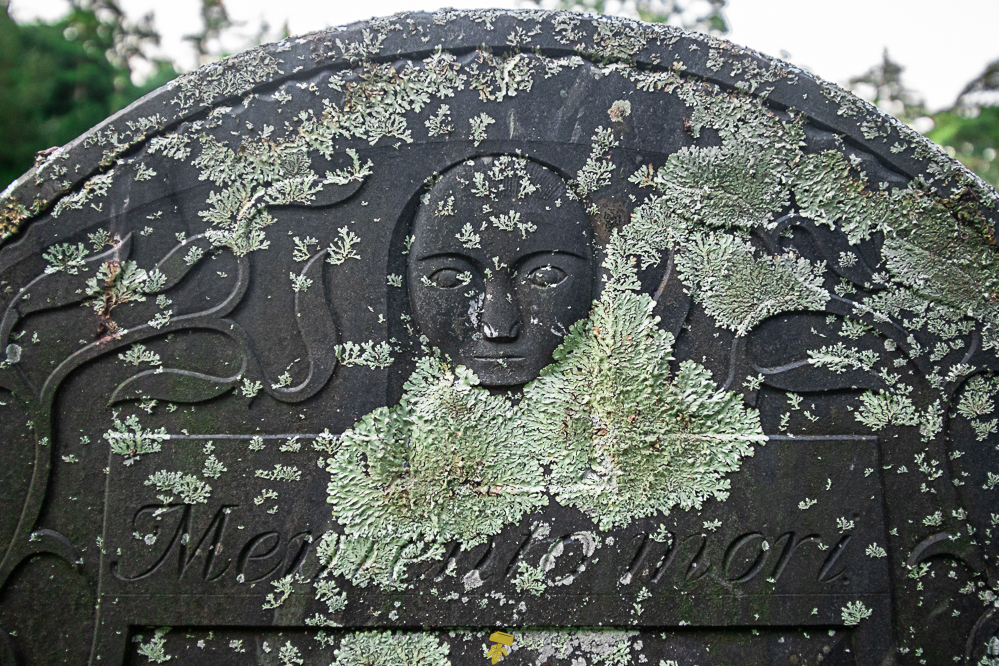
Many soldiers of past wars reside here as well including Deacon John Burton who fought in the French & Indian War. Major Samuel Lovejoy, Abraham Burton, Timothy Gray, and Jonathan Burton fought at Winter Hill, Ticonderoga, and Saratoga during the Revolutionary War. William Abbott was a participant in the adoption of the Constitution. Then there’s John Stiles, an “honest, kind, and obliging neighbor” who was killed attempting to stop a runaway horse and Captain Samuel Greele who was “suddenly killed by fall of a tree.”
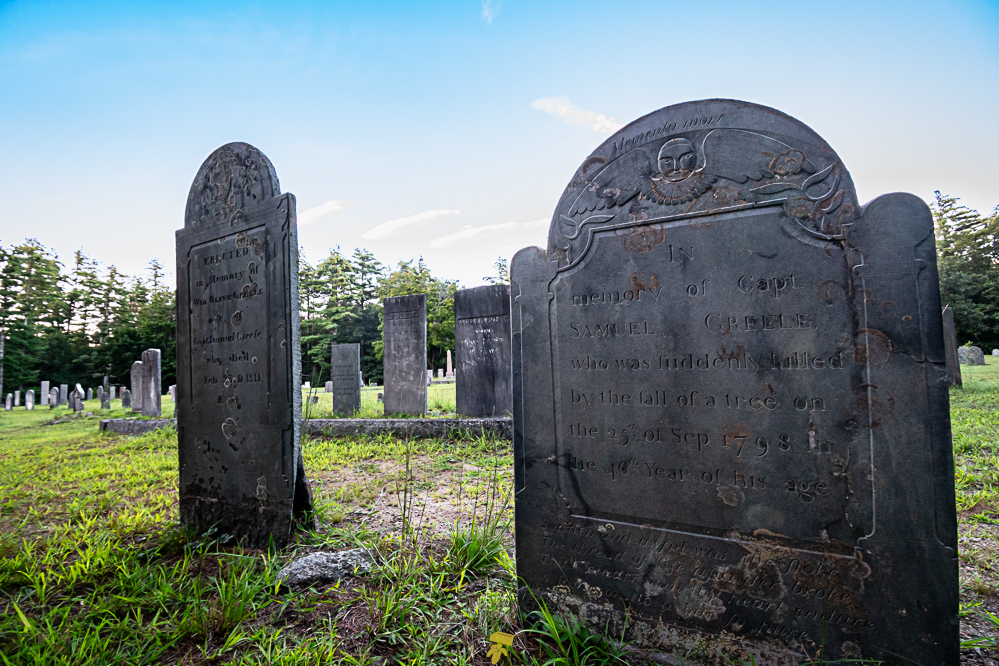
According to legend, The Blue Lady is said to appear as a vibrating, hazy blue light in the shape of a column roughly the size of a human floating just above her gravestone, and on more rare occasions, as a full apparition wandering through the cemetery dressed in fashioned attire of the era. The Blue Lady is supposedly the ghost of Mary Ritter Spaulding who died in 1808 at the age of 35 surrounded by mysterious circumstances. The cause of her death was not recorded or has been lost, so we may never know what happened.
She was the first wife of Captain Isaac Spaulding, a tanner and currier by trade, and though she died young, had seven children within 10 years. Considered to be a kind, well-mannered, and a good mother, Mary regularly attended church and was known as a healing herbalist who would often aid friends and townsfolk. She shares the burial plot with Isaac’s second wife, also named Mary (Flynn Colburn), whom he married in 1809 just sixteen months after her death.
Nothing out of the ordinary happened during my visit, it was actually a very lovely summer evening and a beautiful sunset.

